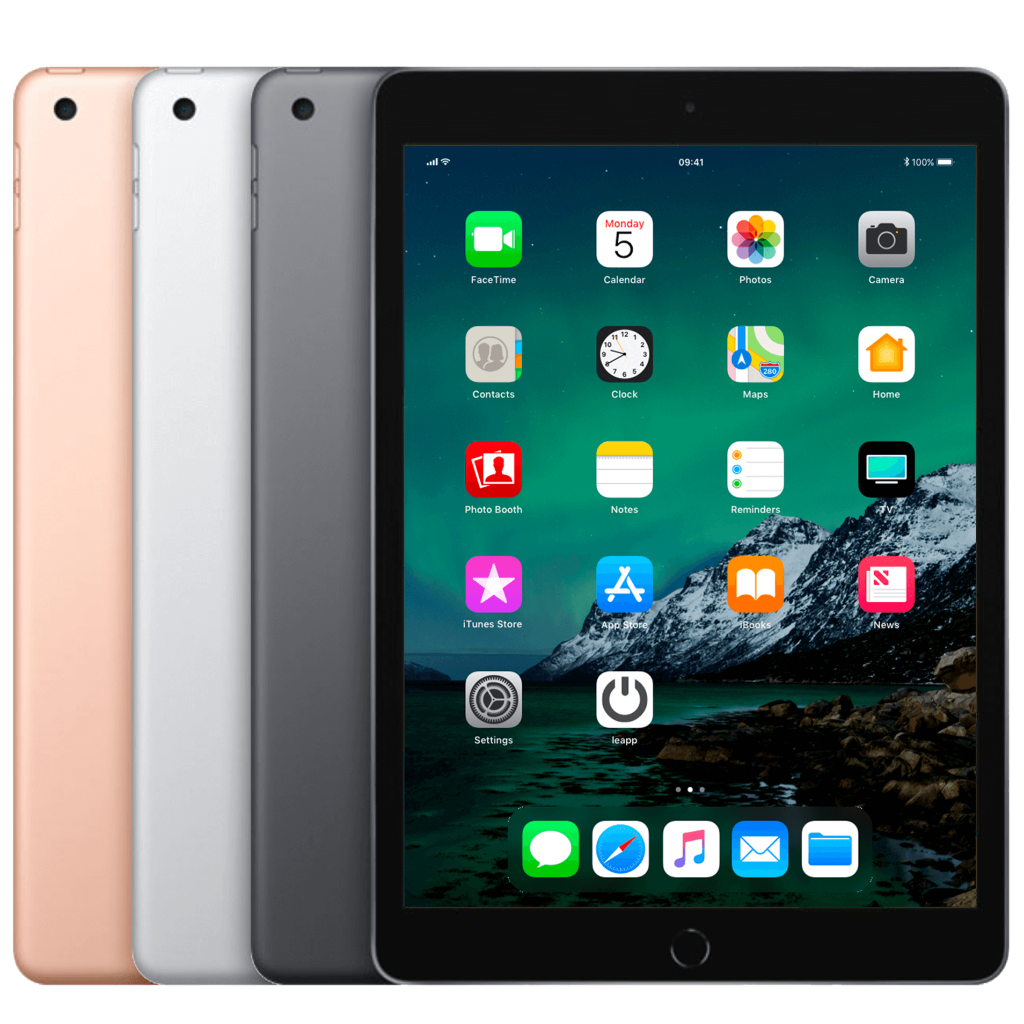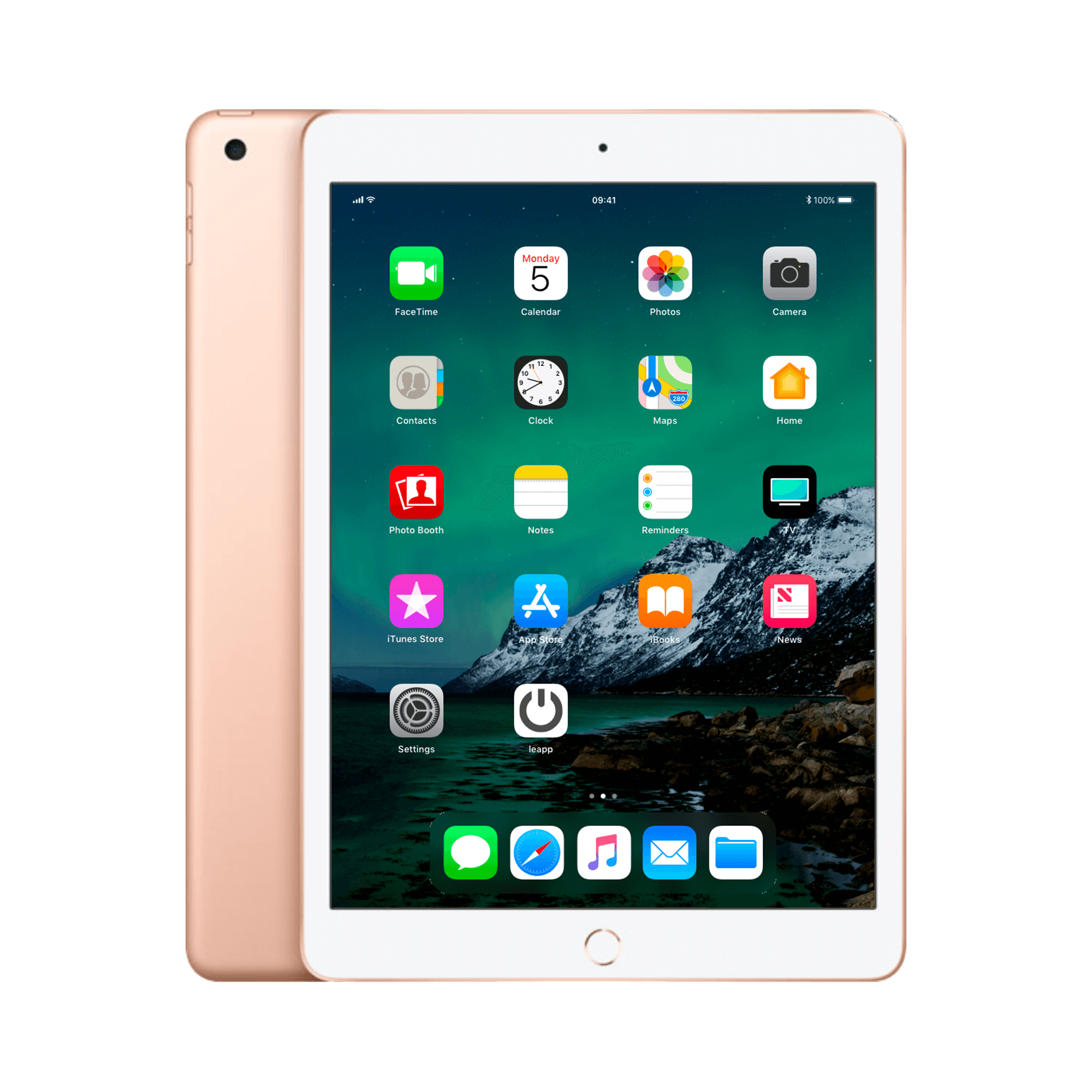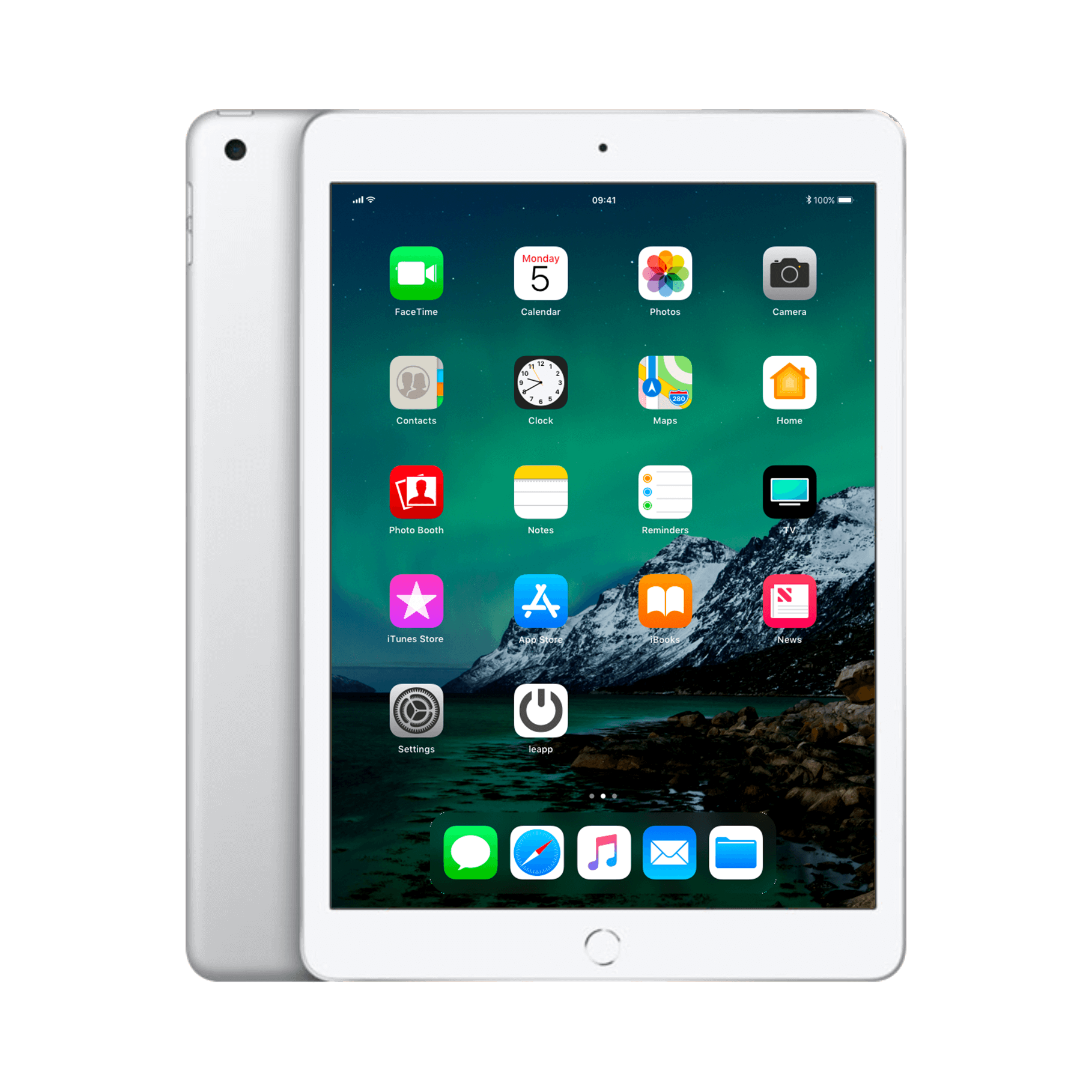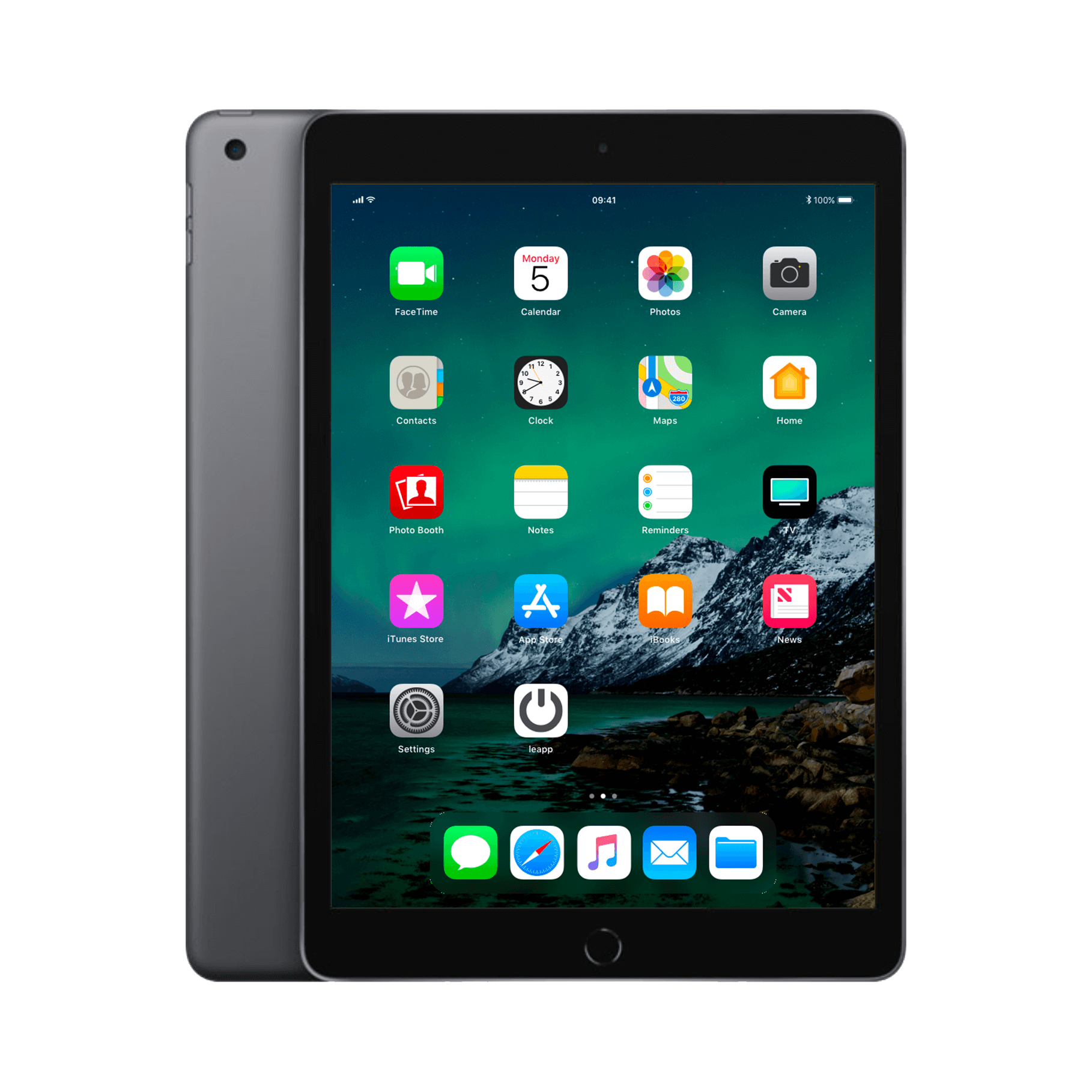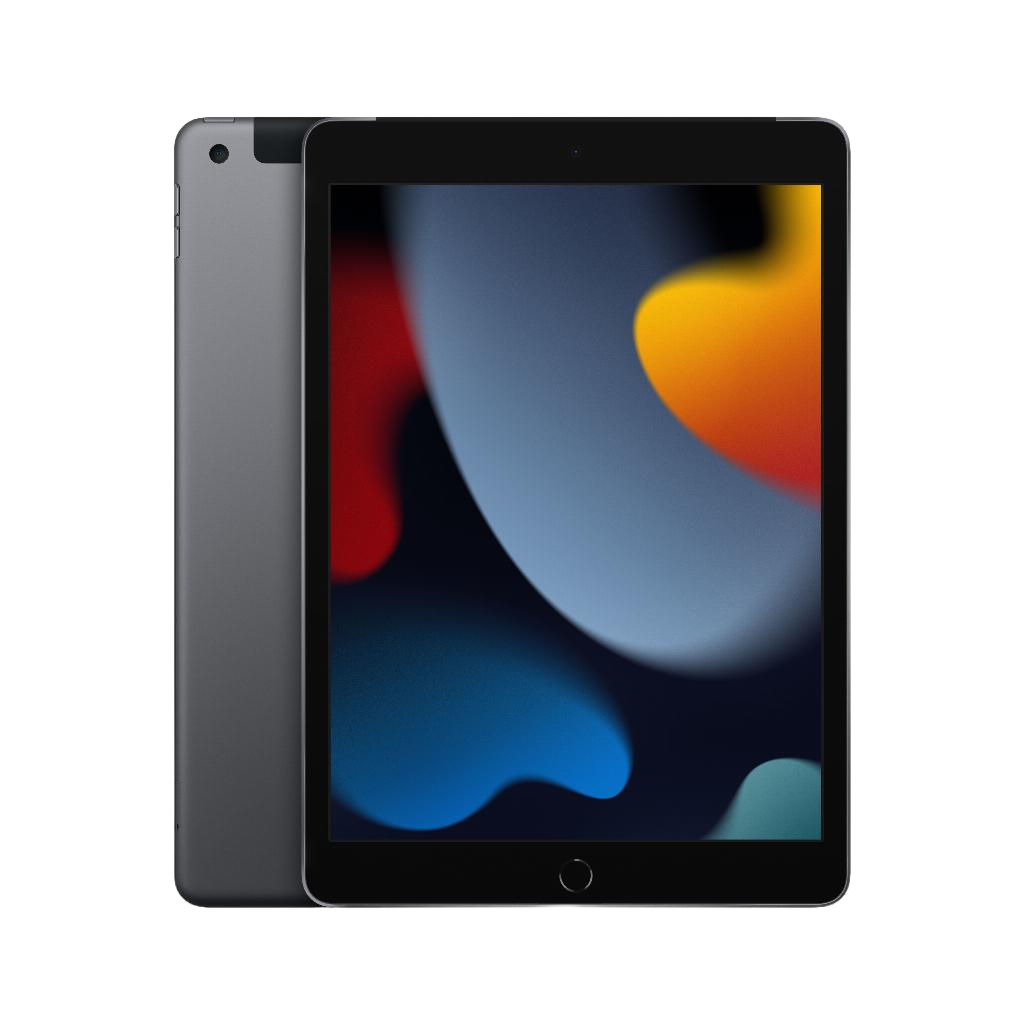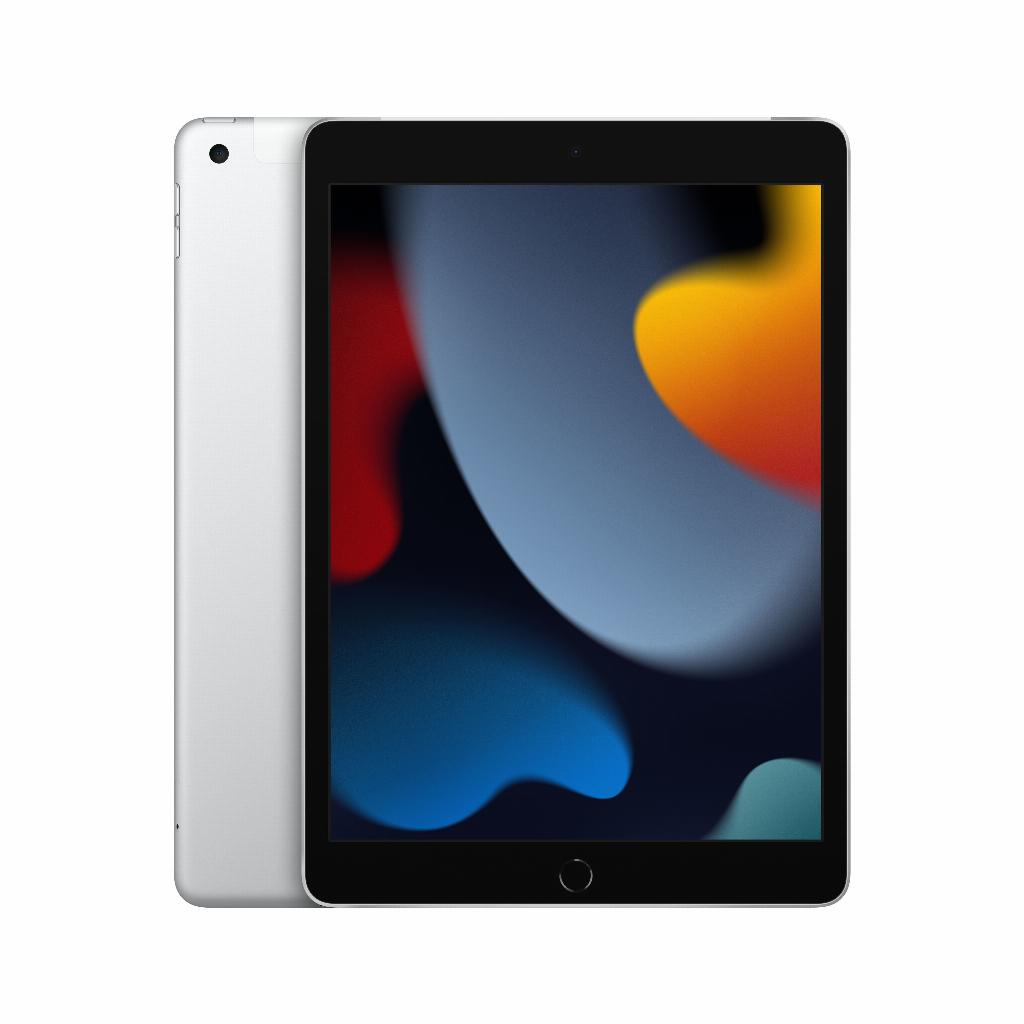iPad screens: why more expensive isn't always better
Buying a new iPad ? It's easy to get lost in screen jargon. LCD, Retina, Liquid XDR, Mini-LED – it's like reading a technical manual instead of choosing an iPad. Most buyers think: give me the latest, most expensive screen. Logical. However, here's the catch: the difference between a standard LCD from 2018 and the latest Mini-LED technology in the iPad Pro is barely noticeable to the average user. Watching Netflix on the couch? Giving a presentation? Scrolling through social media? That simple LCD does it all. The real advantage isn't in the marketing names, but in one specific feature that Apple prefers not to highlight. A feature that determines whether or not your eyes are tired after three hours of reading.
Useful links
The evolution of iPad screens: more than just pixels
The screen largely defines your iPad experience. Yet, the difference between display types isn't always clear. Apple uses marketing names like Retina and Liquid XDR, but what does that mean for everyday use? And more importantly: which screen type suits your needs?
The foundation is LCD technology. Almost every iPad uses a variant of this, except for the latest Pro models with mini-LED. The difference lies mainly in the implementation: how sharp is the image, how accurate are the colors, and how smoothly does the screen move with your fingers?
TFT-LCD: the beginning of a revolution
The first iPads, released in 2010 and 2011, used TFT-LCD screens. This technology was standard for tablets at the time. The display was bright enough for basic tasks, but the viewing angles were limited. If you rotate the tablet slightly, the colors would wash out. These screens are outdated by modern standards, but they laid the foundation for what was to come.
This first-generation display had a resolution of 1024 x 768 pixels. That sounds ridiculously low now, but at the time, it was revolutionary for a tablet. The main drawback: pixel fringing was visible during normal use, especially when reading text.
IPS LCD with Retina: The Great Leap Forward
Starting with the third-generation iPad, Apple introduced the Retina display. This wasn't a new technology, but a marketing term for screens with such a high pixel density that the human eye could no longer distinguish individual pixels at a normal viewing distance.
The technical basis remained IPS-LCD, but with a crucial improvement: the pixel density doubled to 264 pixels per inch. This meant sharper text, brighter photos, and smoother graphics. Virtually all iPads between 2012 and 2017 used this technology, including popular models like the iPad Air and iPad mini series.
In practical terms, users mainly noticed a difference in:
- Reading e-books and articles (less eye strain)
- View photos (more detail visible)
- Drawing and designing (more precise lines)
Liquid Retina: Marketing or Real Progress?
In 2018, Apple introduced the term Liquid Retina for the new iPad Pro models. Technically, it remained IPS LCD, but with refinements. The screen edges were rounded, color reproduction improved with support for the P3 color gamut, and True Tone technology automatically adjusted the color temperature based on ambient light.
The real difference was in the details. Pixel density increased marginally, but backlight uniformity improved significantly. This resulted in less "bleeding" on black screens—a common problem with LCD displays where light leaks around the edges.
For professional users, this made a difference. Graphic designers noticed more accurate colors, photographers saw better shadow detail, and video editors worked with more reliable image rendering. For the average user? The difference from standard Retina was barely noticeable.
ProMotion: the undervalued innovation
Where Apple truly innovated was with ProMotion technology. These screens refresh up to 120 times per second, twice as fast as standard displays. This may sound like a minor detail for gamers, but the impact is greater than you might think.
Scrolling through websites feels smoother. The Apple Pencil responds more naturally because the delay between your movement and what appears on the screen is halved. Even simple tasks like typing feel more responsive. The downside: once you get used to 120Hz, every other screen feels sluggish.
ProMotion also dynamically adjusts the refresh rate. When reading a still page, it drops to 24Hz to save battery. When you start a video, it jumps to the optimal speed for smooth playback.
Mini LED: The future is now
The biggest leap came in 2021 with mini-LED technology in the 12.9-inch iPad Pro. Instead of a single large backlight, these displays use thousands of tiny LEDs divided into zones. Each zone can dim or brighten independently.
The result? Deeper blacks, brighter whites, and a contrast ratio never before achieved by LCD screens. HDR content comes alive with detail in both the darkest shadows and the brightest highlights. For content creators working with HDR video or photography, this is a breakthrough.
However, mini-LED also has drawbacks. With high contrast—think white text on a black background—blooming can occur: a slight glow around bright objects. This is especially noticeable in dark environments and can be distracting when reading at night.
Which screen type is right for you?
The choice depends on your use. For everyday tasks—browsing, email, watching video—a standard Retina display is perfectly sufficient. These are found in regular iPad models from the fifth generation onward. They offer excellent image quality for a fraction of the price of Pro models.
Do you work a lot with your Apple Pencil? Then ProMotion makes a world of difference. The natural response when drawing and writing justifies the extra cost. It's available in all iPad Pro models from 2017 onwards.
For professional photo and video editing, mini LED is the best choice. Its superior color reproduction and contrast ratio are essential for precise work. Currently only available in the latest 12.9-inch iPad Pro models.
The future: OLED on the horizon
Rumors suggest that Apple is working on OLED displays for future iPads. This technology, used in iPhones for years, offers perfect blacks by allowing pixels to switch off individually. This completely eliminates blooming and improves battery life.
The wait is for an OLED panel that is large enough for iPads, remains affordable, and does not suffer from burn-in - a known problem with OLED screens that show the same image for long periods of time.
Practical tips for screen selection
When choosing an iPad screen, there are some practical considerations to keep in mind. Think about where you'll primarily use the device. Outdoors in bright sunlight? Then maximum brightness is crucial—newer models perform better in this area. Do you read a lot in the evening? True Tone and Night Shift reduce blue light and minimize eye strain.
Also consider the lifespan. An iPad with an older screen type can still function perfectly well for basic tasks for years. The differences between generations are often subtle. An iPad from 2018 with a standard Retina display still offers an excellent experience for most users.
Finally, pay attention to refurbished options. These often offer the latest technology for the price of older models. The screen has usually been replaced or thoroughly inspected, giving you modern display technology without paying the new price.
The right choice for your use
iPad screen technology has evolved impressively, but don't be fooled by marketing jargon. For most users, a standard iPad with a Retina display remains more than sufficient – Netflix works perfectly fine on it, and your eyes don't get unnecessarily tired. Only if you work professionally with photos and videos, or draw intensively with the Apple Pencil, is it worth investing in an iPad Pro with ProMotion or mini-LED. The best iPad is simply the one that suits your daily use, not the one with the most expensive screen.


